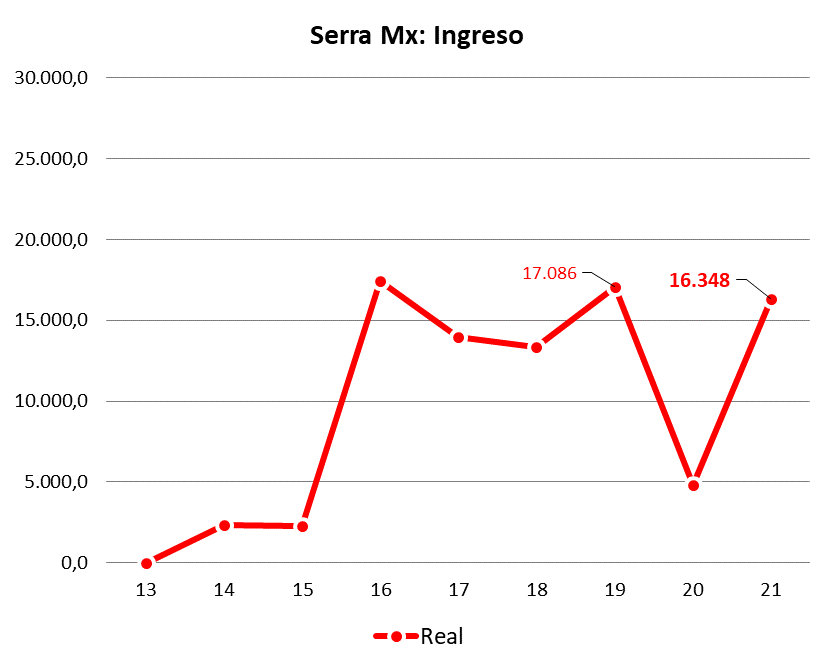Serra Soldadura was founded in 1934 in Barcelona as a small workshop dedicated to the design and manufacture of arc welding machines and industrial furnaces. In 1942, resistance welding technology was included in the range of activities.
In 1972, the company moved to its current location in Zona Franca, Technology Park in Barcelona, next to the airport.
Taking advantage of the important investments in the automotive industry in Spain during the 70s, 80s and 90s, Serra Soldadura became an engineering and construction company for car body assembly lines, operating in a large part of Europe, establishing branches in Portugal and France. It also established in Brazil in the 1990s, and in México in 2016.
Part of the activity continues to be the development of its own technology for current management in arc and resistance welding processes.
The company and its staff always manage to keep up with the demands of the technology of the moment, which is constantly and rapidly evolving: the electronic revolution in both in-house and external equipment, the robotisation of assembly processes, the “computerization” and then the virtualization of engineering processes, pushed and challenged by the automotive industry, which is always at the forefront.
It was Serra’s early adoption of Catia V5, in advance to the VW Group’s change announced in 1996, which paved the way in the aerospace sector, a major boost for the company in terms of internal investment and exposure to another market.
In 2004, the Serra family decided to appoint the first external manager and a phase of professionalization and rationalization of all activities of the company began, giving rise to a structure of three business areas: Product, Automotive and Aerospace. The latter in particular formed the basis of the growth projections. However, an accumulation of poorly managed economic burdens from the past put the company in a very difficult situation between 2006 and 2008. The acquisition by Aernnova avoided bankruptcy.
It was in Aernnova’s new context that Serra experienced the 2008 crisis, which had a major impact on its main industry, the automotive sector. It survived the crisis thanks to the restructuring process that was carried out and thanks to the workloads that Serra “aeronautica” was able to carry out for internal Aernnova projects.
The path back to being a feasible and valued company in its market has been to refocus on automotive and Tier 1 customers rather than OEMs, as well as on processes for a particular product category known as “chassis”.
Within Serra as a whole, it is in Serra Mexico where growth is expected to materialize: the good position gained with customers in the USMCA (formerly Nafta) region gives it great potential.






